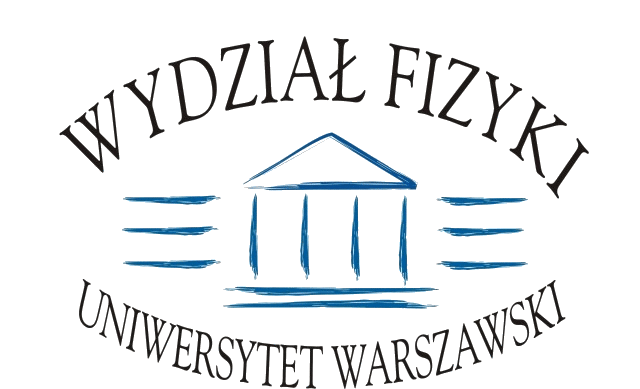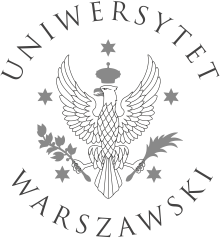Seminarium Gamma
join us / spotkanie
Bartołmiej Bąk (KMMF)
Classical model of particle with spin: geometric structure
The motion of point-like particles with mass and charge in the relativistic regime has been well understood for over a century. However, incorporating rotation proved to be far more challenging than initially expected. The first attempts to describe spinning objects were made independently by Jakov Frenkel [1], Myron Mathisson [2], Jan Weyssenhoff and Antoni Raabe [3], Achilles Papapetrou and Ernesto Corinaldesi [4], Barbara and W lodzimierz Tulczyjew [5], and William G. Dixon [6]. The classical spinning particle model on which I intend to rely is based on the approach proposed by Jerzy Kijowski [7]. He briefly outlines a procedure for deriving the equations of motion fromconservation laws and constructs the canonical (symplectic) structure together with the associated Lagrangian and Hamiltonian (cf. [8]). In my talk, I will focus on the symplectic structure of the theory, which exhibits several non-trivial features. In particular, it depends on acceleration (second derivatives of position with respect to time), which makes it a priori degenerate and leads to second-order Euler–Lagrange equations. To address this issue, the Lagrange multiplier method and a reduction procedure are introduced. If time permits, I will also discuss exact solutions and the Hamiltonian formulation of the theory. Most of the results to be presented are not yet published.References[1] J. Frenkel, Die Elektrodynamik des rotierenden Elektrons, Z. Phys. 37, 243 (1926);[2] M. Mathisson: Die Mechanik des Materieteilchens in der Allgemeinen Relativit¨atstheorie, Z. Phys. 67, 826 (1931); Neue Mechanik Materieller Systemes, Acta Phys. Pol. 6, 163 (1937); Das Zitternde Elektron und Seine Dynamik, Acta Phys. Pol. 6, 218 (1937);[3] J. Weyssenhoff, A. Raabe, Relativistic dynamics of spin-fluids and spin-particles, Acta Phys. Pol. 9, 7 (1947); J. Weyssenhoff: Relativistic dynamics of spin-particles moving with the velocity of light, Acta Phys. Pol. 9, 19 (1947); Further contributions to the dynamics of spin-particles moving witha velocity smaller than that of light, Acta Phys. Pol. 9, 26 (1947); Further contributions to the dynamics of spin-particles moving with the velocity of light, Acta Phys. Pol. 9, 34 (1947); On two relativistic models of Dirac’s electron, Acta Phys. Pol. 9, 46 (1947); [4] A. Papapetrou, Spinning test-particles in general relativity. I, Proc. R. Soc. Lond. A. 209, 248 (1951); E. Corinaldesi, A. Papapetrou, Spinning test-particles in general relativity. II, Proc. R. Soc. Lond. A. 209, 259 (1951);[5] W. Tulczyjew, Motion of Multipole Particles in General Relativity Theory, Acta Phys. Pol. 18, 393 (1959); B. Tulczyjew, W. Tulczyjew, On multipole formalism in general relativity, article in Recent Developments in General Relativity, Pergamon Press, New York, 465 (1962);[6] W.G. Dixon: A Covariant Multipole Formalism for Extended Test Bodies in General Relativity, Nuovo Cimento 34, 317 (1964); Mathisson’s new mechanics:its aims and realisation, Acta Phys. Pol. 1, 27 (2008);[7] J. Kijowski; Hamiltonian description of motion of charged particle with spin, Acta Phys. Pol. 1, 143 (2008);[8] J. Kijowski: Electrodynamics of moving bodies, Gen. Relat. Grav.Journal, 26, 167 (1994); On electrodynamical self-interaction, Acta Phys. Pol. 85, 771 (1994); D. Chruscinski, J. Kijowski, Equations of Motion from Field Equations and a Gauge- invariant Variational Principle for the Motion of Charged Particles, Journal Geom. Phys. 20, 393 (1996); H.P. Gittel, J. Kijowski, E. Zeidler, The Relativistic Dynamics of the Combined Particle-Field System in Nonlinear Renormalized Electrodynamics, Comm. Math. Phys. 198, 711(1998);






